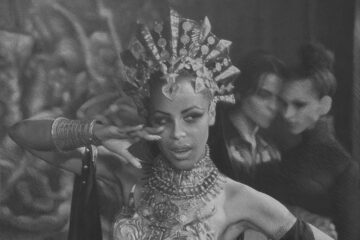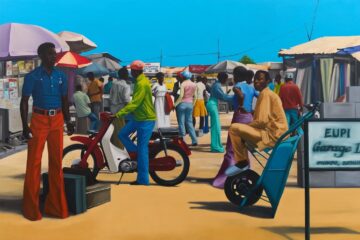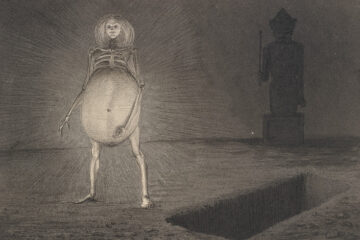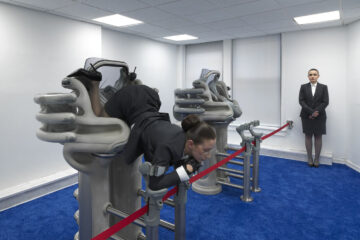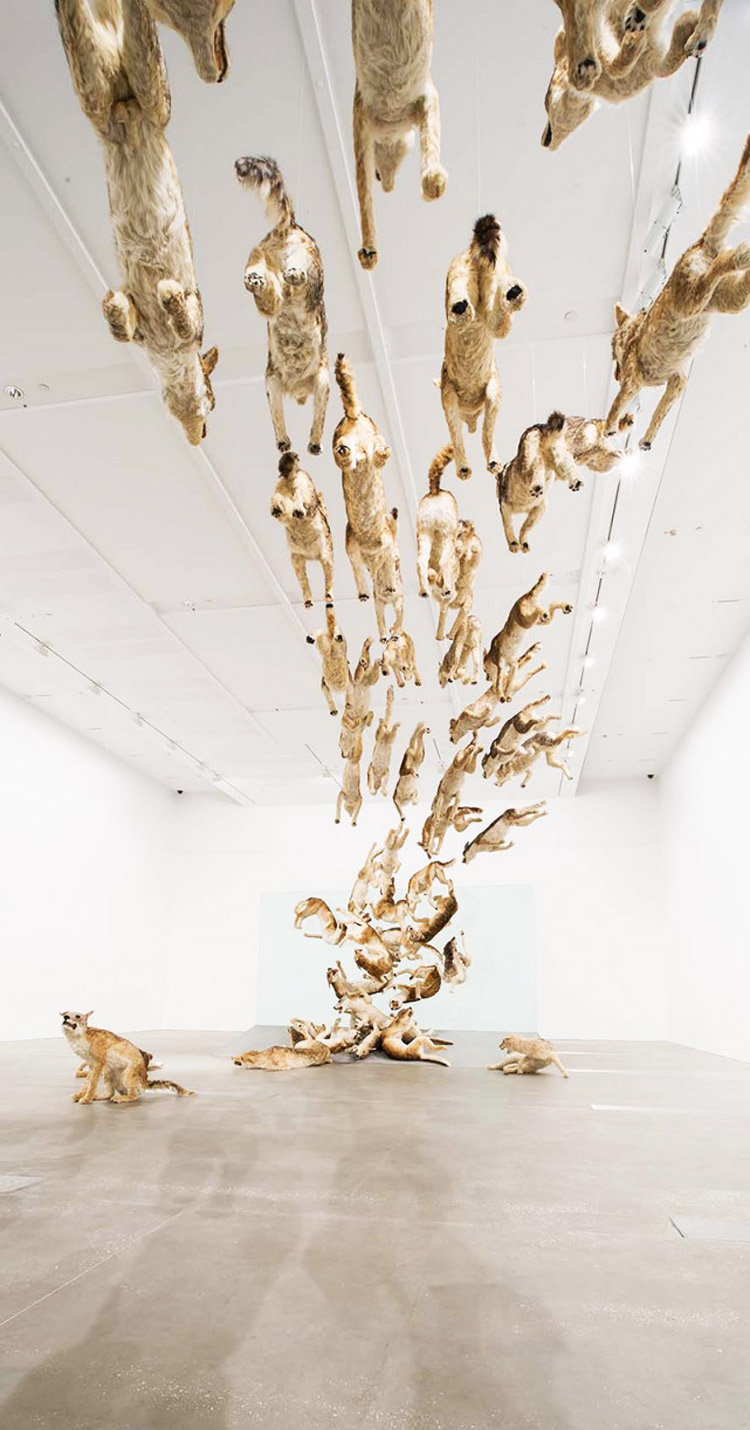
Cai Guo-Qiang was born in 1957 in Quanzhou City, Fujian Province, China. His work has since crossed multiple mediums within art, including drawing, installation, video and performance art. Drawing upon Eastern philosophy and contemporary social issues as a conceptual basis, these projects and events aim to establish an exchange between viewers and the larger universe around them, utilizing a site-specific approach to culture and history.
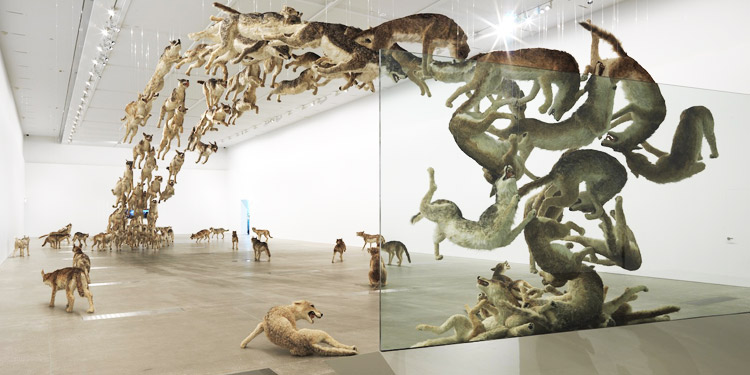
Cai Guo-Qiang was awarded the Japan Cultural Design Prize in 1995 and the Golden Lion at the 48th Venice Biennale in 1999. In the following years, he has received the 7th Hiroshima Art Prize (2007), the 20th Fukuoka Asian Culture Prize (2009), and AICA’s first place for Best Project in a Public Space for Cai Guo-Qiang: Fallen Blossoms (2010).

He also held the distinguished position as Director of Visual and Special Effects for the opening and closing ceremonies of the 2008 Summer Olympics in Beijing. In 2012, Cai was honored as one of five Laureates for the prestigious Praemium Imperiale, an award that recognizes lifetime achievement in the arts in categories not covered by the Nobel Prize. Additionally, he was also among the five artists who received the first U.S. Department of State – Medal of Arts award for his outstanding commitment to international cultural exchange.

Cai Guo-Qiang was the curator of the first China Pavilion at the 51st Venice Biennale in 2005. Since 2000, he has also converted unexpected spaces into small-scale exhibition venues for rural communities and small towns in different parts of the world. He currently lives and works in New York.
Images courtesy of Cai Guo-Qiang
Discover: caiguoqiang.com
